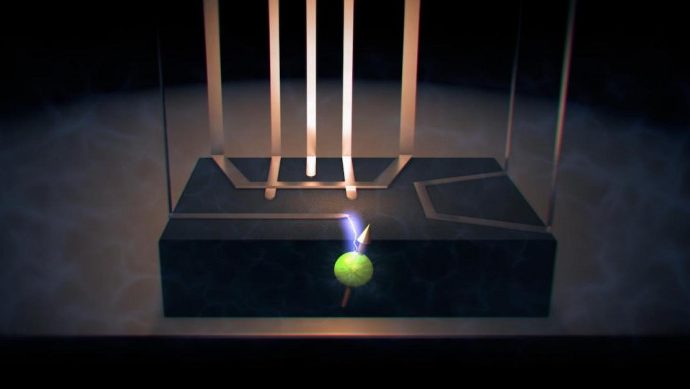The researchers unlocked the solution to the quantum puzzle dating back to 1961.
Source: Interesting Engineering
Some scientific breakthroughs occur by pure chance, which is exactly what happened to engineers from the University of New South Wales Sydney (UNSW) in Australia when they unblocked a quantum mystery dating back to 1961.
Their breakthrough could have a potentially huge impact on the development of quantum computers and sensors. Their discovery shakes up the paradigm of nuclear magnetic resonance — something that is widely used in the disciplines of medicine, mining, and chemistry.
Their study was published in the journal Nature on Wednesday.
The theory was first suggested in 1961 and had not been revived until now
The 58-year-old engineering puzzle has finally been completed. Thanks to the team of researchers from UNSW controlling the nucleus of a single atom using electric fields is now possible and understood.

“This discovery means that we now have a pathway to build quantum computers using single-atom spins without the need for any oscillating magnetic field for their operation,” said UNSW’s Scientia Professor of Quantum Engineering Andrea Morello.
Their discovery has far-reaching consequences. Now, controlling a single atom placed in a nanoelectronic device will be much easier than ever before, and will have a significant impact on certain fields.
“Nuclear magnetic resonance is one of the most widespread techniques in modern physics, chemistry, and even medicine or mining,” explained Morello. “Doctors use it to see inside a patient’s body in great detail while mining companies use it to analyze rock samples. This all works extremely well, but for certain applications, the need to use magnetic fields to control and detect the nuclei can be a disadvantage.”
What’s even more exciting is that Professor Morello and his team fell upon their discovery by pure chance.
He said “We ‘rediscovered’ this effect by complete accident – it would never have occurred to me to look for it. The whole field of nuclear electric resonance has been almost dormant for more than half a century, after the first attempts to demonstrate it proved too challenging.”
The first time the control of nuclear spins with magnetic fields was mentioned was in 1961, by pioneering Nobel Laureate, Nicolaas Bloembergen.
Morello went into detail about how their discovery will impact the future: “This landmark result will open up a treasure trove of discoveries and applications. The system we created has enough complexity to study how the classical world we experience every day emerges from the quantum realm.”
He continued “Moreover, we can use its quantum complexity to build sensors of electromagnetic fields with vastly improved sensitivity. And all this, in a simple electronic device made in silicon, controlled with small voltages applied to a metal electrode.”
Source: Interesting Engineering

































Leave a Comment
You must be logged in to post a comment.